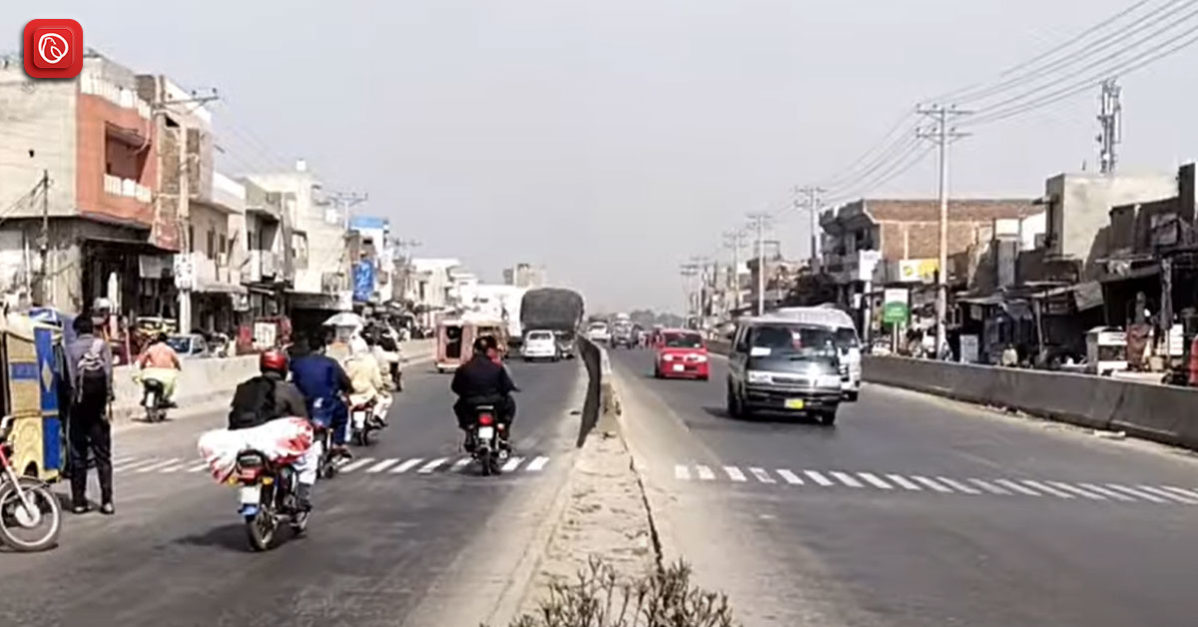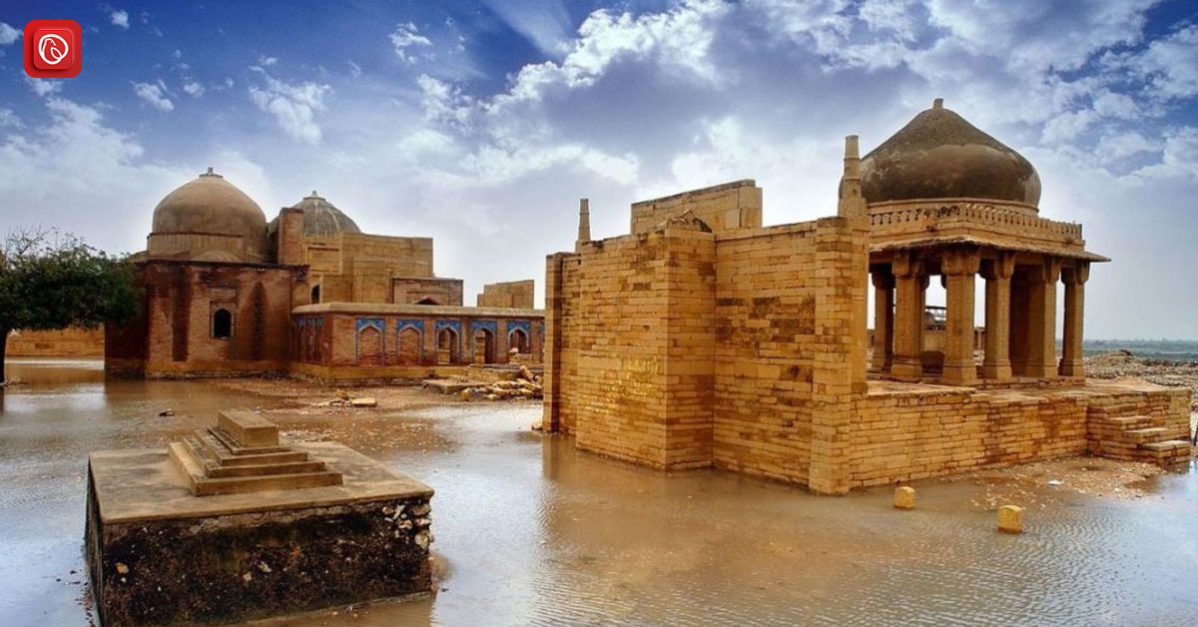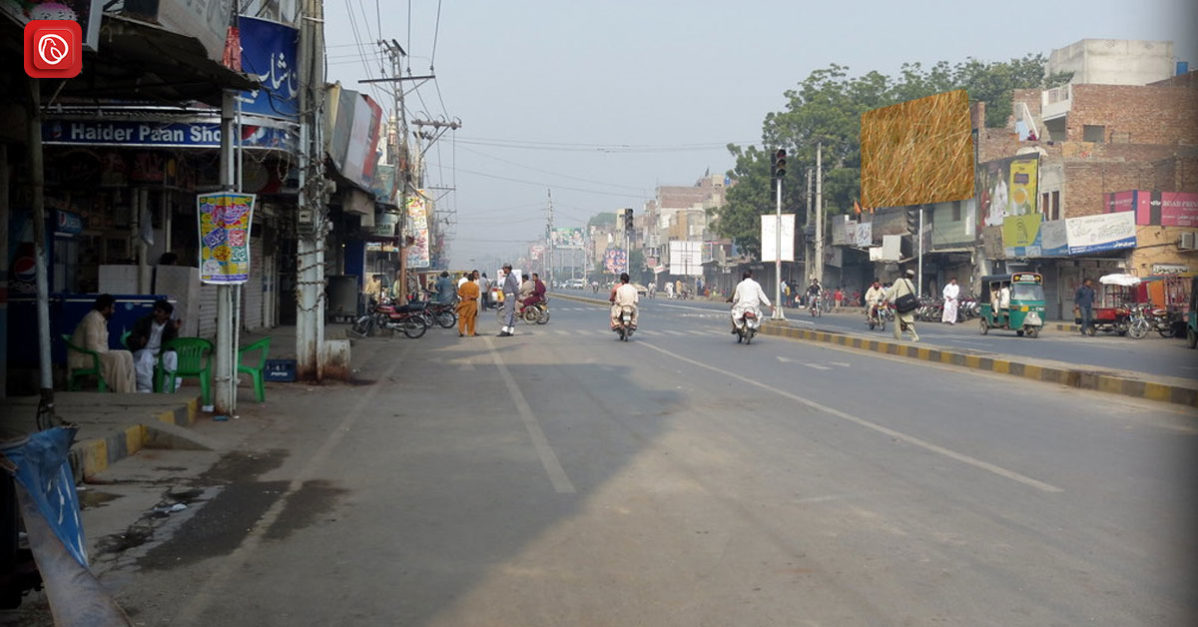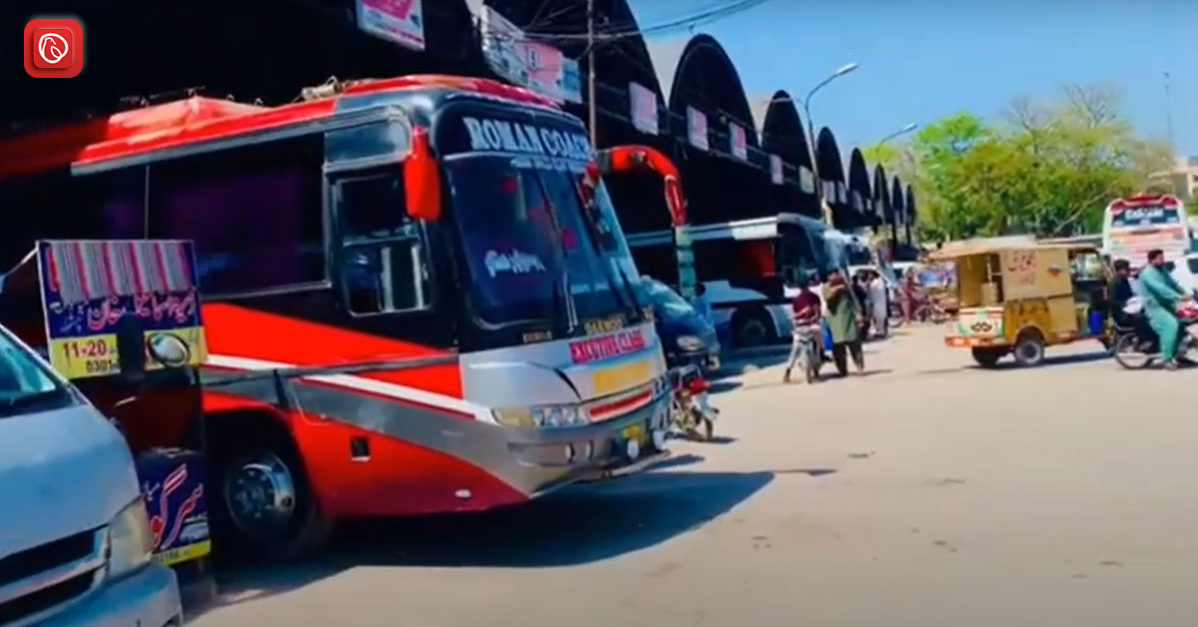Kharianwala, a small yet significant village located in Sheikhupura District of Punjab, Pakistan, embodies the cultural richness, agricultural heritage, and simplicity of rural life in the region. While it may not be as prominent as some of its neighbouring areas, Kharianwala has its own unique charm and importance in the district, contributing to the agricultural economy and serving as a peaceful residential area.
In this blog, Graana.com has share useful information about this small town for the readers.
Historical Background
Sheikhupura District, where Kharianwala is located, has a rich history dating back to the Mughal Empire, and like many other villages in this region, Kharianwala’s roots can be traced back to a time when rural settlements played a crucial role in sustaining the agricultural economy of Punjab.
The village has witnessed various phases of development, from colonial rule to the post-independence era. Kharianwala, much like the rest of the district, has been shaped by the agricultural policies, infrastructure development, and social reforms that have occurred over the decades.
The village has retained much of its original charm, with many of its residents still engaged in traditional farming practices, a testament to its deep-rooted agrarian culture. The village’s population, which consists of primarily farming families, has grown steadily over time, yet the essence of communal life and interdependence remains a hallmark of the local culture.
Geographical Location and Demographics
Kharianwala is situated in Sheikhupura District, which lies in the northeast of Punjab, not far from Lahore, the provincial capital. Its proximity to major urban centres like Sheikhupura city and Lahore has influenced the village in terms of access to markets, education, and healthcare, but Kharianwala retains its rural character.
Climate
Kharianwala experiences a subtropical climate, with hot summers and mild winters. The weather, typical of the Punjab plains, is ideal for agriculture, the mainstay of the local economy.
Population
The village’s population is modest, with families living in closely-knit communities. The majority of the population is engaged in farming, while a small percentage is involved in trades, teaching, and small-scale businesses.
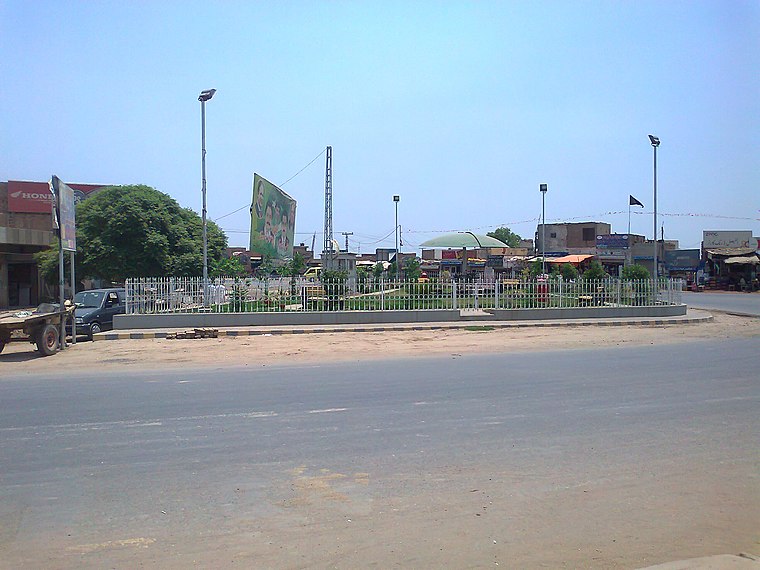
Agriculture – The Backbone of Kharianwala’s Economy
As in many villages of Punjab, agriculture is the main source of income and employment in Kharianwala. The village is part of a fertile agricultural belt, where major crops such as wheat, rice, sugarcane, and maize are grown.
Irrigation
The village benefits from Punjab’s well-established irrigation system, with water being supplied by nearby canals that are part of the extensive canal network originating from the Indus River system. This ensures that the fields in Kharianwala remain productive year-round.
Livestock Farming
In addition to crop farming, livestock farming is another primary occupation. Many households keep cattle, buffalo, and goats, providing milk and meat and serving as an additional income source for families. The livestock sector also supports the village’s economy by supplying milk and dairy products to nearby urban markets.
Agricultural Techniques
While some traditional farming methods are still in use. Progressive farmers in the village have increasingly adopted modern techniques and machinery. Tractors, threshers, and water pumps have replaced many manual farming tools, improving efficiency and productivity. However, most small-scale farmers continue to rely on conventional methods of farming.
Education in Kharianwala
Education in Kharianwala has seen significant progress in recent years. The village has a few primary and secondary schools that serve the local children, though many students travel to nearby towns for higher education.
Primary and Secondary Schools: The village has both public and private schools that provide basic education. Government schools remain the primary option for most families due to affordability, but private institutions are gaining popularity for offering a higher standard of education.
Higher Education: For higher education, students from Kharianwala typically travel to nearby cities such as Sheikhupura or Lahore, where more advanced educational institutions are available. Vocational training centres in nearby towns also offer technical skills that can help locals diversify their income sources beyond agriculture.
Healthcare Facilities
Healthcare in Kharianwala, like in many rural areas, is limited. The village has a few basic healthcare centres that offer primary healthcare services. However, for more serious medical issues, residents often travel to Sheikhupura city or Lahore, where more advanced medical facilities are available.
Basic Health Units (BHUs)
Kharianwala is served by Basic Health Units that provide essential healthcare services such as vaccinations, maternal care, and treatment for common illnesses. These health units are government-operated. It plays a critical role in providing medical care to the rural population.
Access to Urban Healthcare
The residents depend on hospitals in Sheikhupura or Lahore for more complex medical procedures. These hospitals offer better-equipped medical services, including specialized care, surgery, and emergency services.
Lifestyle and Culture
The lifestyle in Kharianwala is simple and community oriented. Traditional Punjabi culture, deeply embedded in daily life, with agriculture, festivals, and religious practices forming the core of the village’s social structure.
- Social Structure: Family ties are strong in Kharianwala, with extended families often living in close proximity. The community is predominantly Muslim, with mosques as the central gathering and worship places.
- Festivals and Traditions: Like many villages in Punjab, Kharianwala celebrates religious and cultural festivals with great enthusiasm. Eid ul-Fitr and Eid ul-Adha are the main religious festivals, celebrated with community prayers, feasting, and the exchange of gifts. Basant is a traditional spring festival. It is celebrated though less prominently in recent years due to urbanization and changing cultural dynamics.
- Cuisine: The local cuisine reflects the agricultural lifestyle, with wheat-based products like roti and rice forming the staple diet. Dishes are often flavored with locally grown vegetables, lentils, and dairy products like yogurt and butter.
Transportation and Connectivity
- Road Access: Kharianwala is well-connected by road to nearby towns and cities. The road infrastructure has improved over the years, facilitating better transportation of agricultural produce to markets in Sheikhupura and Lahore.
- Public Transport: Public transportation, including buses and vans, connects Kharianwala to nearby cities. Providing easy access for the residents to travel for work, education, and healthcare.
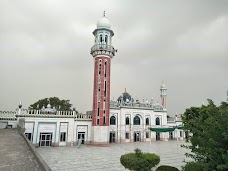
Challenges Facing Kharianwala:
Despite its strong agricultural base and rich cultural heritage, Kharianwala faces several challenges typical of rural areas in Pakistan:
Lack of Advanced Healthcare
The village lacks advanced healthcare facilities, and residents must travel long distances for specialized medical treatment.
Educational Facilities
Although basic education is available. Higher education and vocational training are limited. It force students to move to larger cities for further studies.
Water Management
Like many agricultural villages, Kharianwala faces challenges related to water management. The village’s reliance on the canal system makes it vulnerable to fluctuations in water supply. Especially during periods of drought or during the maintenance of the canal network.
Future Prospects
Kharianwala holds significant potential for development, especially in the areas of agriculture, education, and healthcare. The village can continue to prosper with continued investment in infrastructure, such as improved road networks and healthcare facilities. Additionally, promoting modern agricultural techniques and introducing sustainable farming practices can boost productivity and improve the overall quality of life for the residents.
Agricultural Development
The adoption of new technologies and practices can help the local farmers improve crop yields and diversify their agricultural products. This can lead to a more stable income and economic growth.
Education and Skill Development
By investing in education and vocational training, the village can equip its youth with the skills needed for employment in non-agricultural sectors, thus diversifying income sources and reducing reliance on farming alone.
Healthcare Improvements
Introducing mobile health clinics and increasing the capacity of local health units can significantly improve the health outcomes for the villagers.
Conclusion
Kharianwala, while a small village, plays a crucial role in the agricultural framework of the Sheikhupura District. Its rich history, vibrant culture, and strong community spirit make it a significant part of rural Punjab. However, addressing the challenges related to healthcare, education, and infrastructure will be essential for the village’s continued development. With the right investments and modernization, Kharianwala can look forward to a brighter and more prosperous future.
Follow Graana blog for more information.
